AN EXCEPTIONALLY RARE COLLECTION OF THREE ENGRAVINGS DEPICTING THE FALSE MESSIAH SHABBETAI ZEVI AND EPISODES RELATING TO HIS LIFE, KÖTHEN: 1701-1702 3 broadsides (13 x 7 3/4 in.; 330 x 197 mm) on paper. Sabbatianism was the largest and most momentous messianic movement in early modern Jewish history. The founder of the movement was Shabbetai Zevi, who was born in Smyrna (Izmir) on 9 Av 5386 (1626). Shabbetai received a traditional Jewish education; he studied under the most illustrious rabbis of the time and seems to have been ordained as a hakham at the age of eighteen. He suffered from severe mood swings, and in his manic periods he would sometimes deliberately and spectacularly break the law of Moses. During one such manic spell in Istanbul, he announced that the Torah had been abrogated, crying aloud: “Blessed are You, O Lord our God, Who permits the forbidden!” Expelled by the rabbis of various communities throughout the Ottoman Empire, Shabbetai eventually found his way to the Holy Land, where he sought out the company of the kabbalist Nathan of Gaza. The latter helped to convince Shabbetai Zevi that he was the messiah, and he proclaimed this fact in 1655, announcing the good news to the Jewish communities of Italy, Holland, Germany, and Poland, as well as to the cities of the Ottoman Empire. Messianic excitement spread like wildfire across the Jewish world, aided in part by the widespread acceptance of Lurianic Kabbalah in this period. When Shabbetai arrived in Istanbul in January 1666, he was arrested as a rebel and imprisoned. Forced by the sultan to choose between conversion and death, he became a Muslim and apparently remained so until his demise ten years later. The news of his conversion devastated his supporters, many of whom instantly lost their faith. But astonishingly, numerous others remained loyal to Shabbetai. A Sabbatian sect called the Dönmeh took shape in Salonika, and various other forms of Sabbatianism continued to flourish in many Ashkenazic and Sephardic communities for the next hundred-plus years. The present lot comprises three very rare engravings bearing witness to the widespread and lasting impact of this popular and polarizing figure. The first is a large portrait of Shabbetai Zevi with two smaller insets portraying the ship he sailed to Istanbul and his imprisonment in that city. After two months’ internment there, Shabbetai was transferred to the state prison at Abydos, on which journey some of his friends were allowed to accompany him. As a result, the Sabbatians referred to the fortress as Migdal oz (Tower of Strength). The second engraving is an image of Shabbetai in the second prison at Abydos, with his supporters paying him homage. The third depicts former followers of Shabbetai Zevi in Salonika performing acts of penance to atone for the sin of believing in a false messiah. This group of engravings was first published in Köthen in 1701 and subsequently republished in 1702 in Anabaptisticum et Enthusiasticum Pantheon, a work compiled by Johann Friedrich Corvinus that attacked heretics, mystics, false messiahs, and anyone who was not of the strict Lutheran faith. These exceedingly rare engravings thus provide valuable insight into how Shabbetai and his movement were viewed beyond the confines of the Jewish community. LiteratureGershom Scholem, Sabbatai Sevi: The Mystical Messiah, 1626-1676 (Princeton: Princeton University Press, 1973).
AN EXCEPTIONALLY RARE COLLECTION OF THREE ENGRAVINGS DEPICTING THE FALSE MESSIAH SHABBETAI ZEVI AND EPISODES RELATING TO HIS LIFE, KÖTHEN: 1701-1702 3 broadsides (13 x 7 3/4 in.; 330 x 197 mm) on paper. Sabbatianism was the largest and most momentous messianic movement in early modern Jewish history. The founder of the movement was Shabbetai Zevi, who was born in Smyrna (Izmir) on 9 Av 5386 (1626). Shabbetai received a traditional Jewish education; he studied under the most illustrious rabbis of the time and seems to have been ordained as a hakham at the age of eighteen. He suffered from severe mood swings, and in his manic periods he would sometimes deliberately and spectacularly break the law of Moses. During one such manic spell in Istanbul, he announced that the Torah had been abrogated, crying aloud: “Blessed are You, O Lord our God, Who permits the forbidden!” Expelled by the rabbis of various communities throughout the Ottoman Empire, Shabbetai eventually found his way to the Holy Land, where he sought out the company of the kabbalist Nathan of Gaza. The latter helped to convince Shabbetai Zevi that he was the messiah, and he proclaimed this fact in 1655, announcing the good news to the Jewish communities of Italy, Holland, Germany, and Poland, as well as to the cities of the Ottoman Empire. Messianic excitement spread like wildfire across the Jewish world, aided in part by the widespread acceptance of Lurianic Kabbalah in this period. When Shabbetai arrived in Istanbul in January 1666, he was arrested as a rebel and imprisoned. Forced by the sultan to choose between conversion and death, he became a Muslim and apparently remained so until his demise ten years later. The news of his conversion devastated his supporters, many of whom instantly lost their faith. But astonishingly, numerous others remained loyal to Shabbetai. A Sabbatian sect called the Dönmeh took shape in Salonika, and various other forms of Sabbatianism continued to flourish in many Ashkenazic and Sephardic communities for the next hundred-plus years. The present lot comprises three very rare engravings bearing witness to the widespread and lasting impact of this popular and polarizing figure. The first is a large portrait of Shabbetai Zevi with two smaller insets portraying the ship he sailed to Istanbul and his imprisonment in that city. After two months’ internment there, Shabbetai was transferred to the state prison at Abydos, on which journey some of his friends were allowed to accompany him. As a result, the Sabbatians referred to the fortress as Migdal oz (Tower of Strength). The second engraving is an image of Shabbetai in the second prison at Abydos, with his supporters paying him homage. The third depicts former followers of Shabbetai Zevi in Salonika performing acts of penance to atone for the sin of believing in a false messiah. This group of engravings was first published in Köthen in 1701 and subsequently republished in 1702 in Anabaptisticum et Enthusiasticum Pantheon, a work compiled by Johann Friedrich Corvinus that attacked heretics, mystics, false messiahs, and anyone who was not of the strict Lutheran faith. These exceedingly rare engravings thus provide valuable insight into how Shabbetai and his movement were viewed beyond the confines of the Jewish community. LiteratureGershom Scholem, Sabbatai Sevi: The Mystical Messiah, 1626-1676 (Princeton: Princeton University Press, 1973).







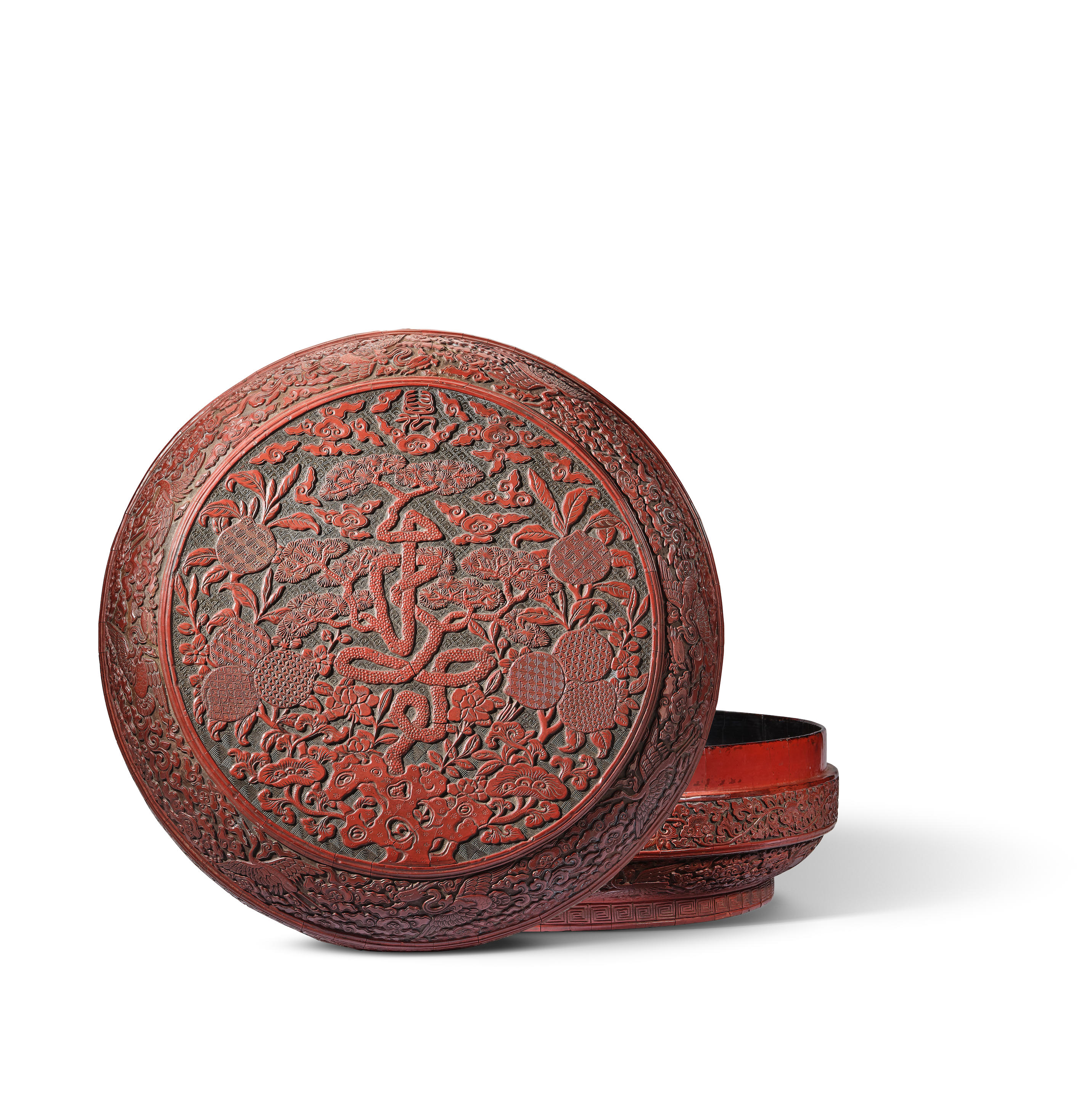

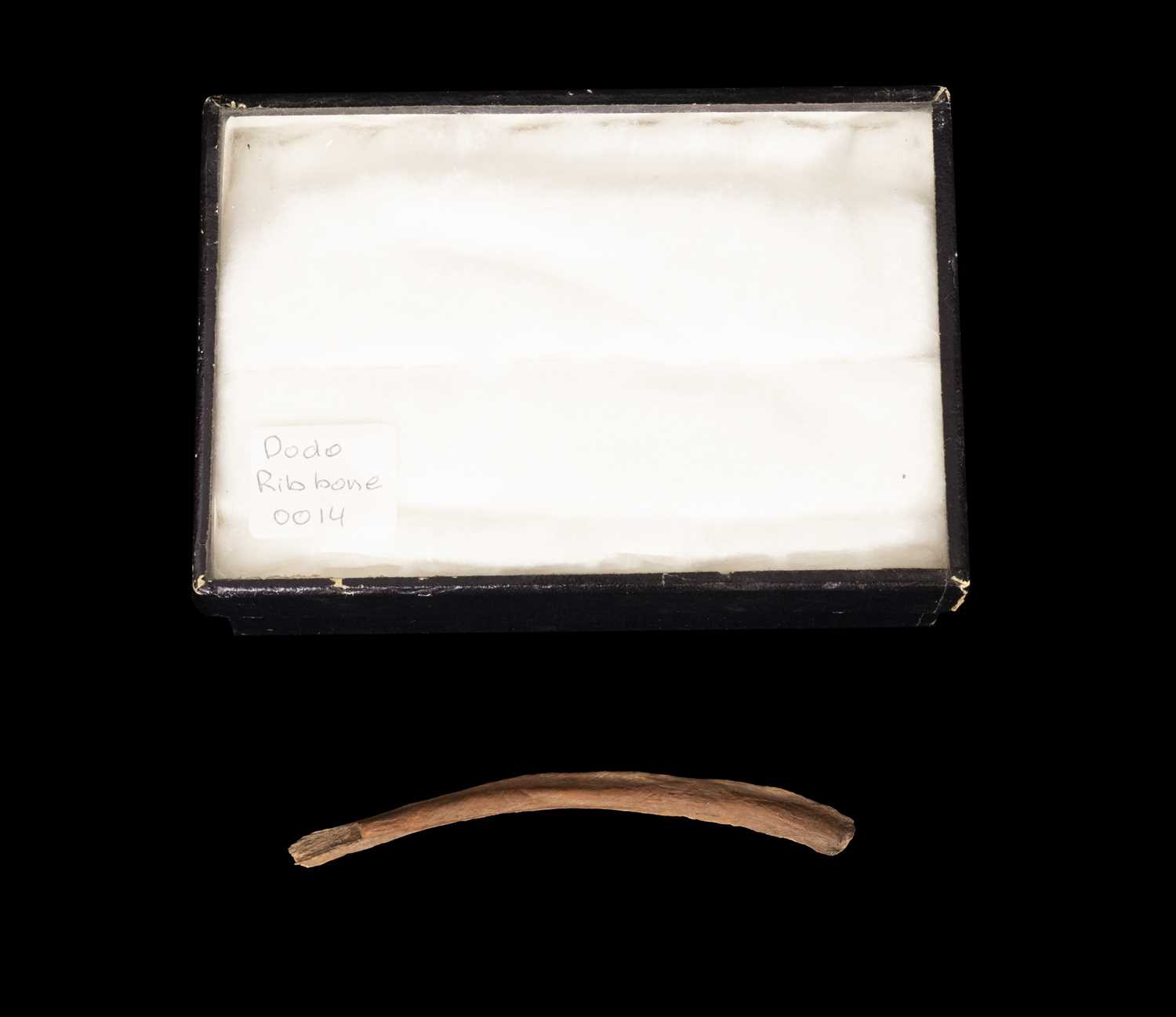
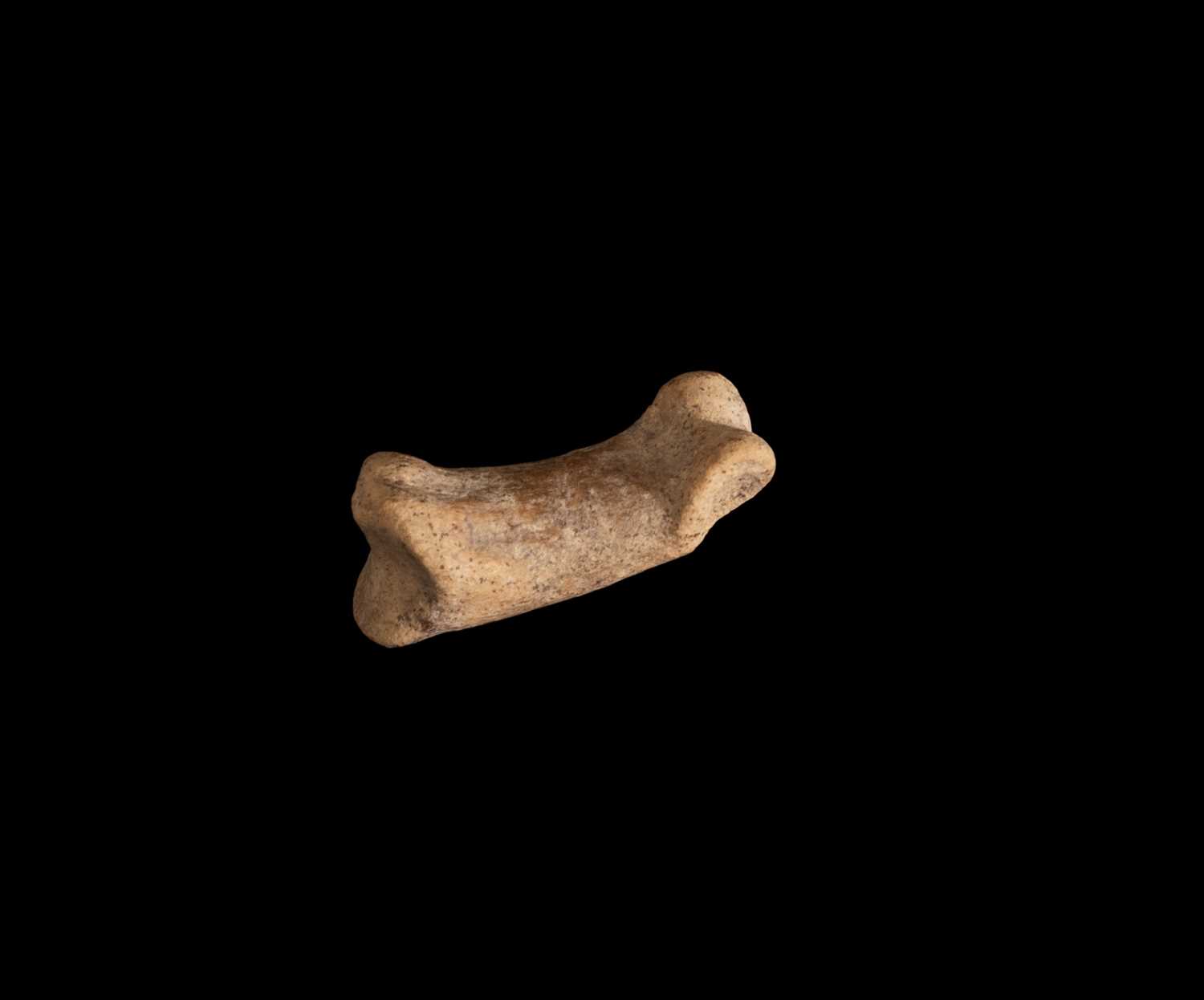
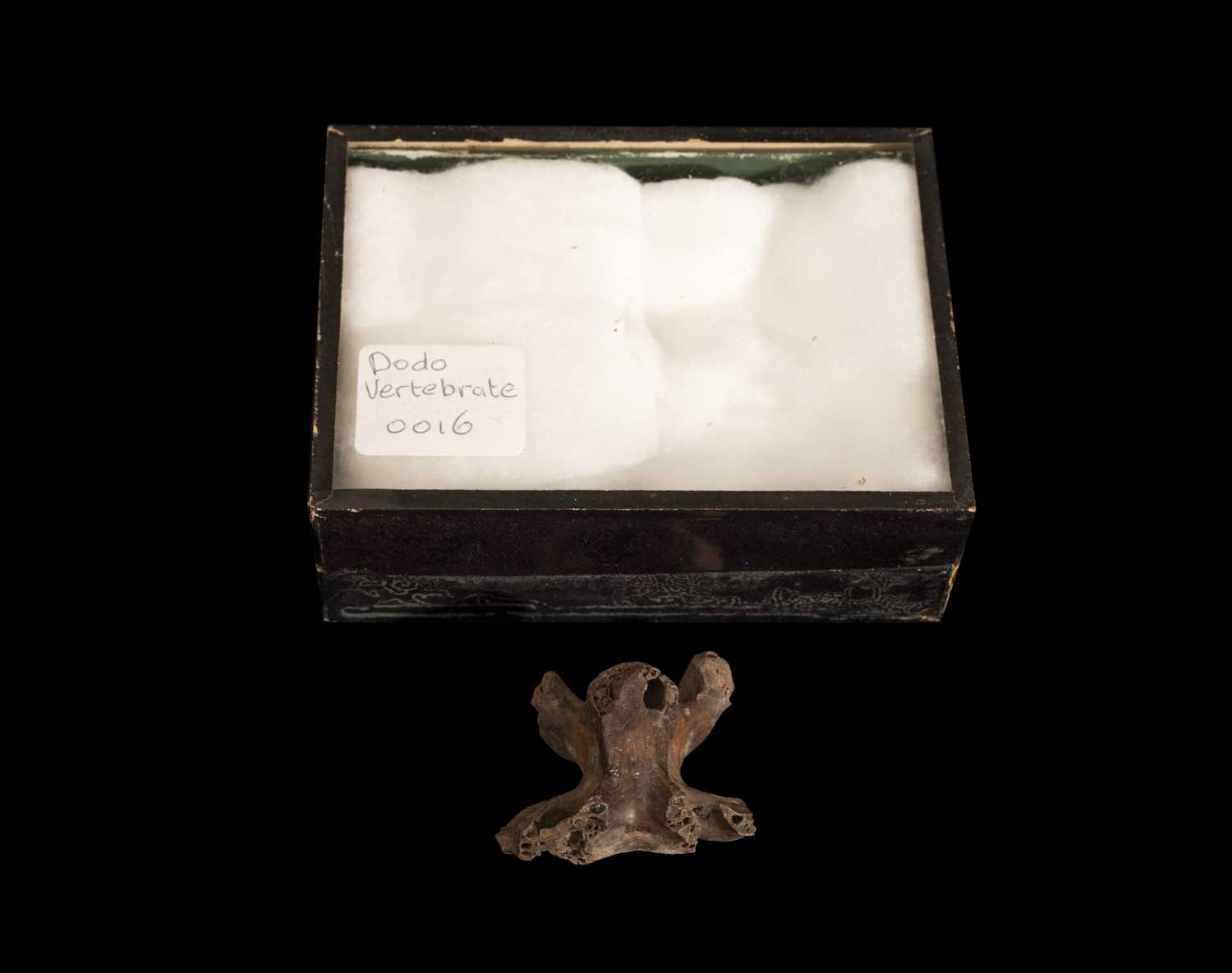
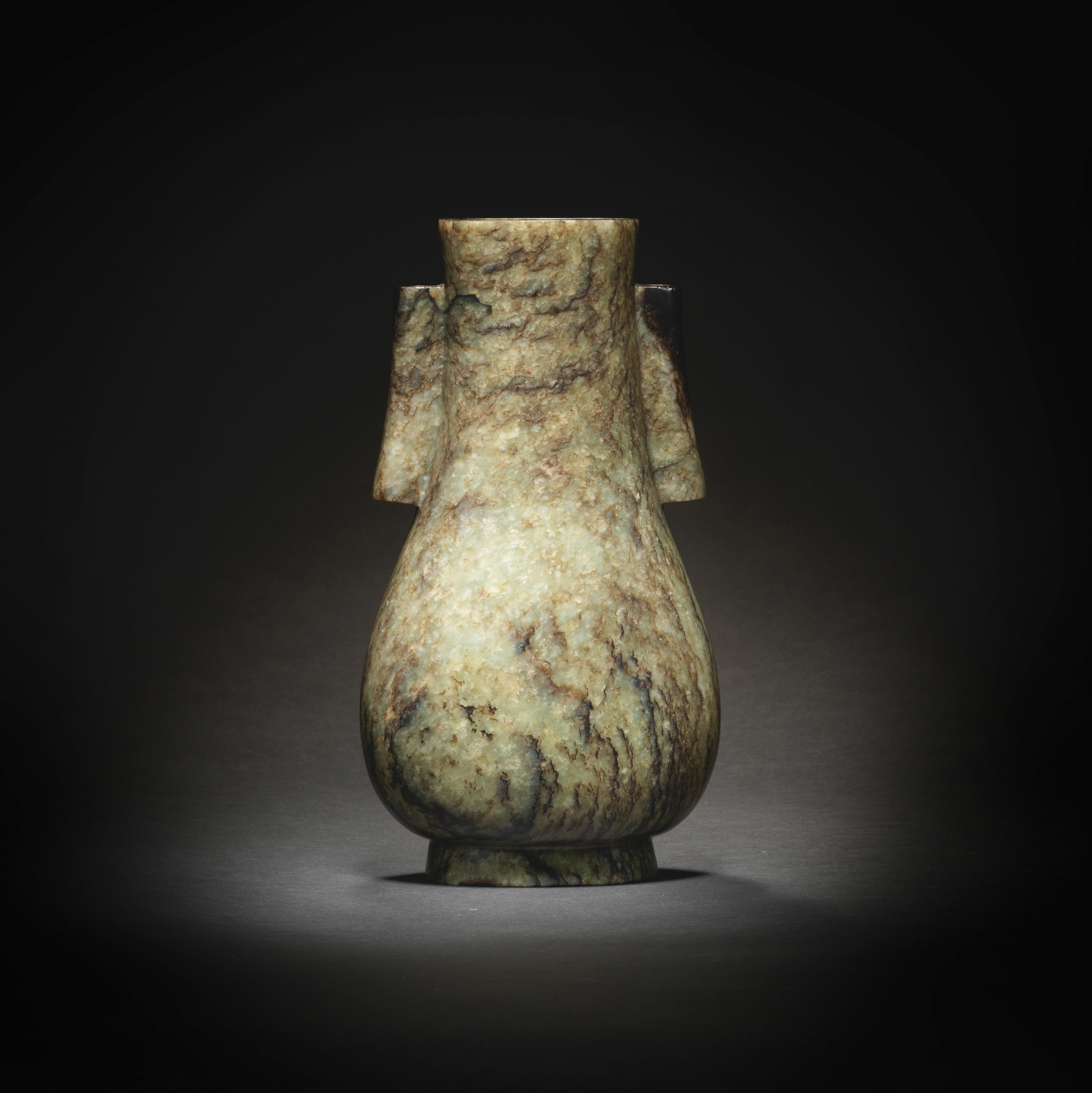


Testen Sie LotSearch und seine Premium-Features 7 Tage - ohne Kosten!
Lassen Sie sich automatisch über neue Objekte in kommenden Auktionen benachrichtigen.
Suchauftrag anlegen